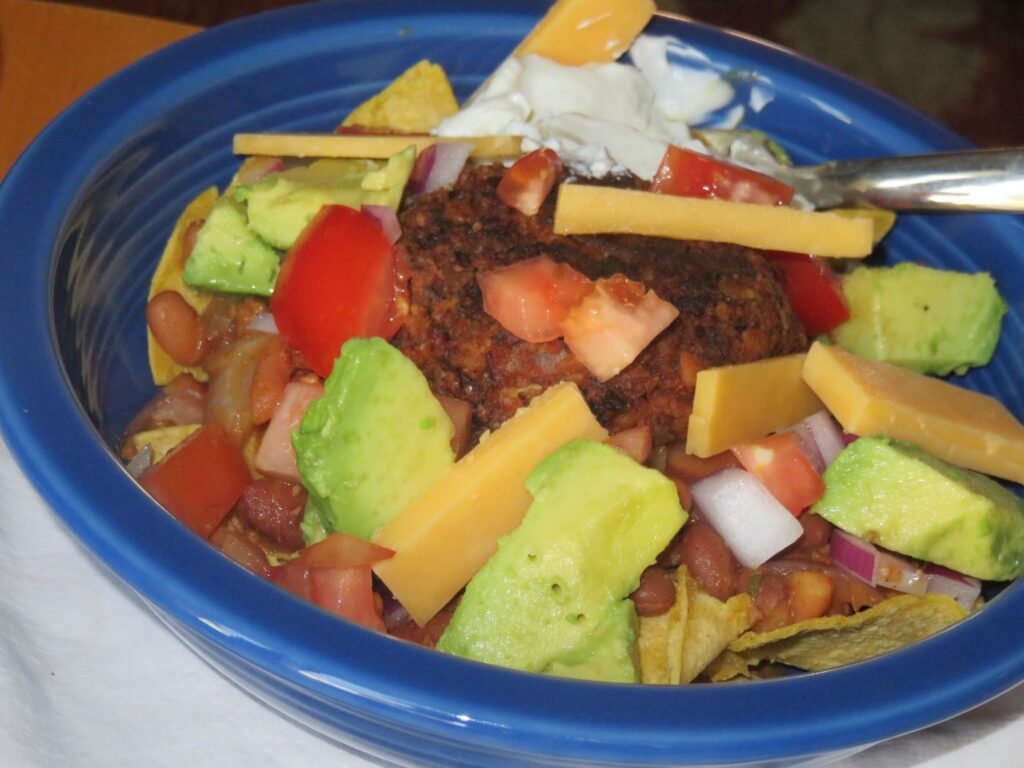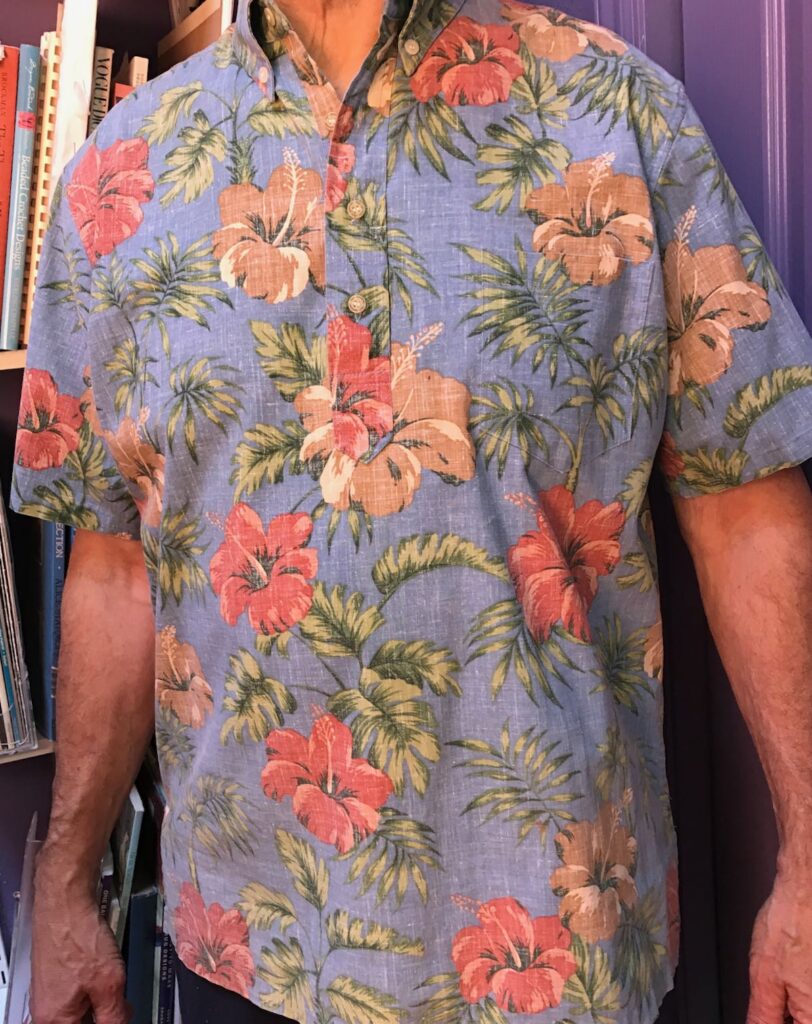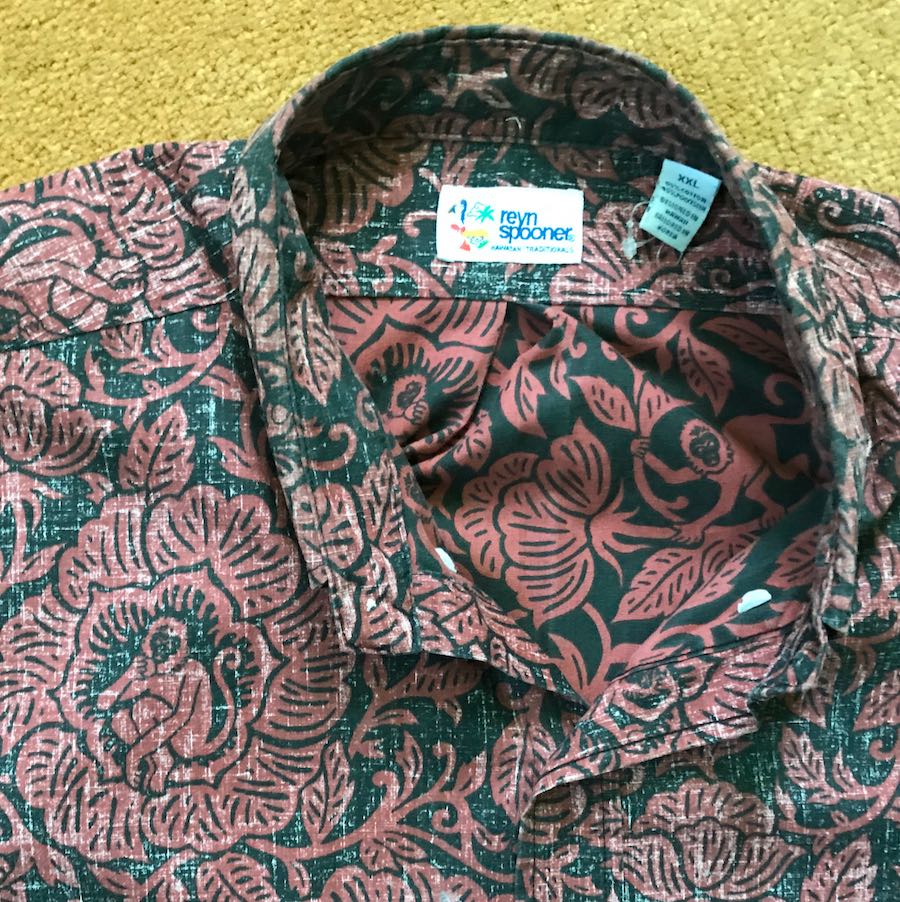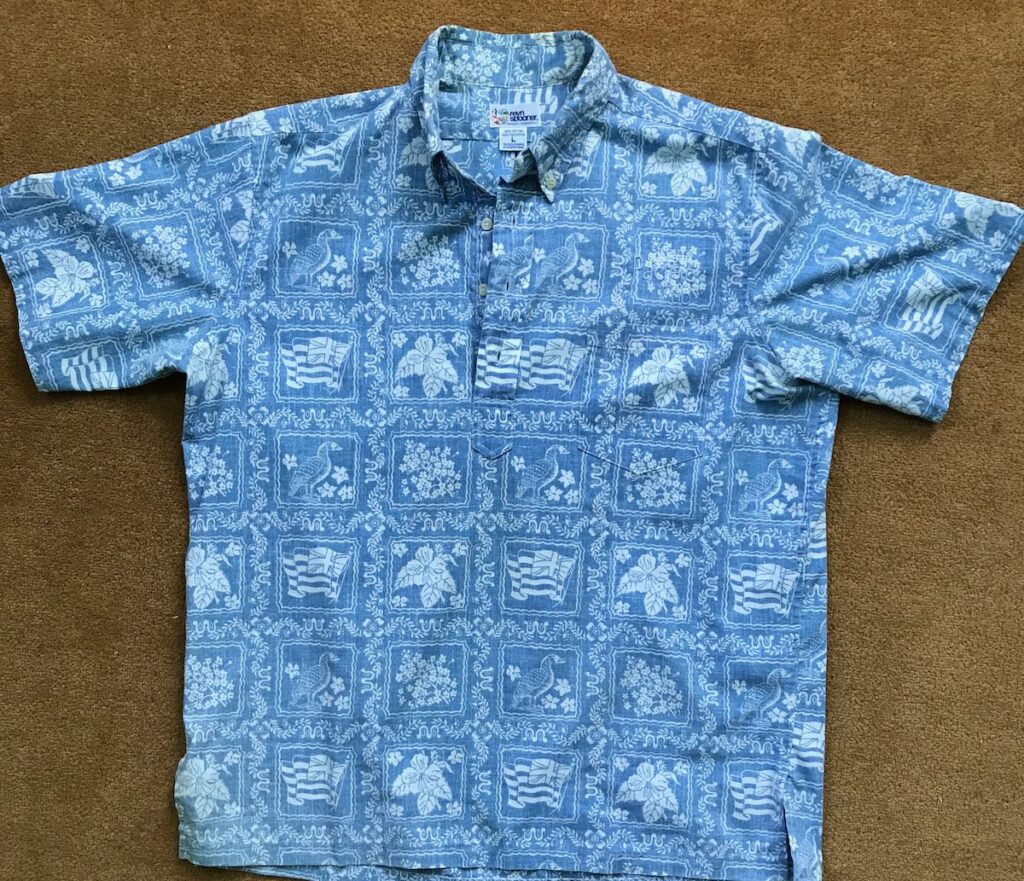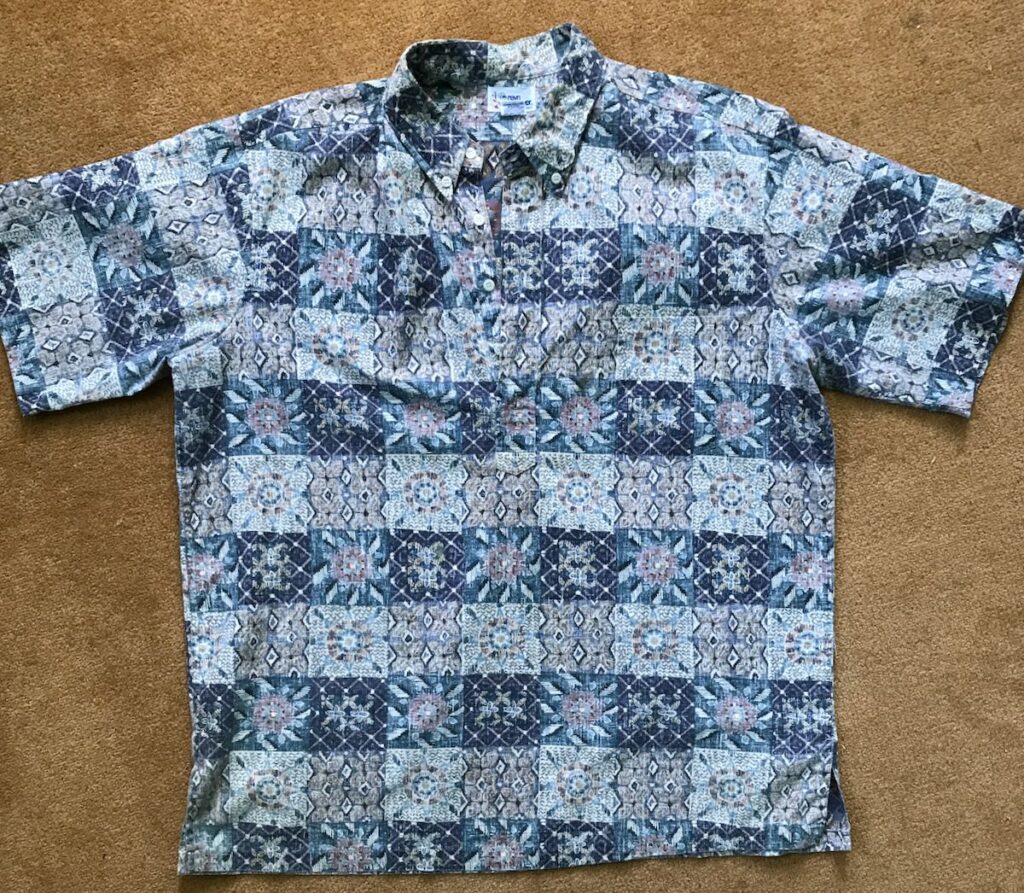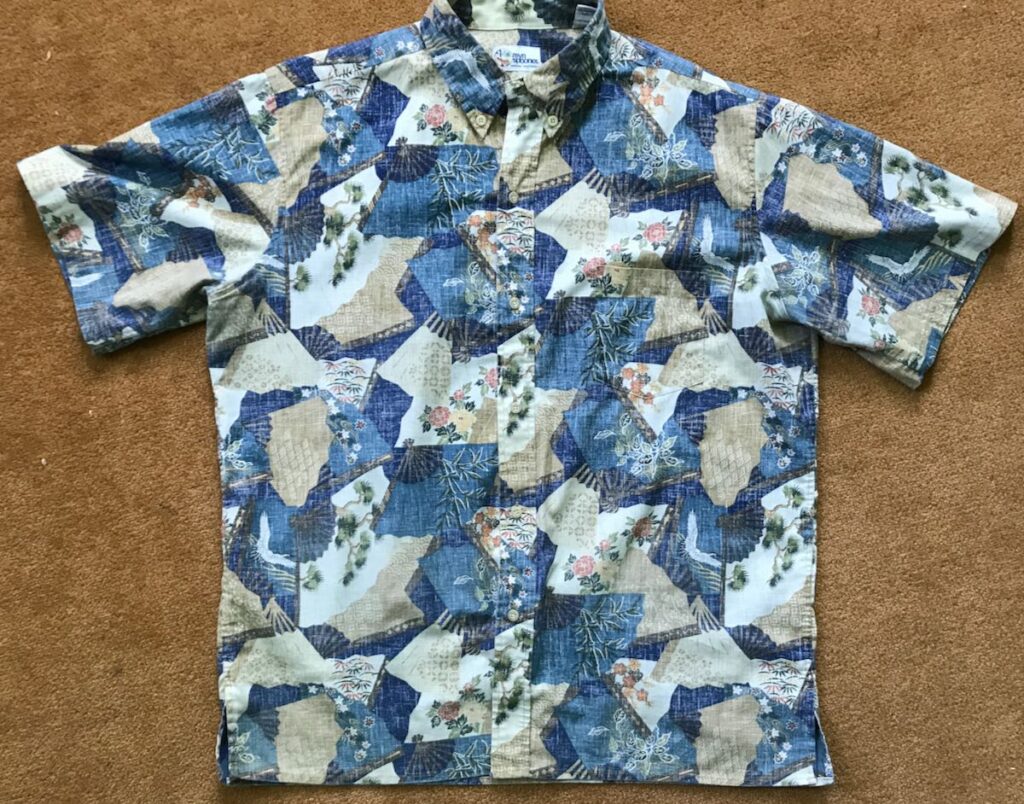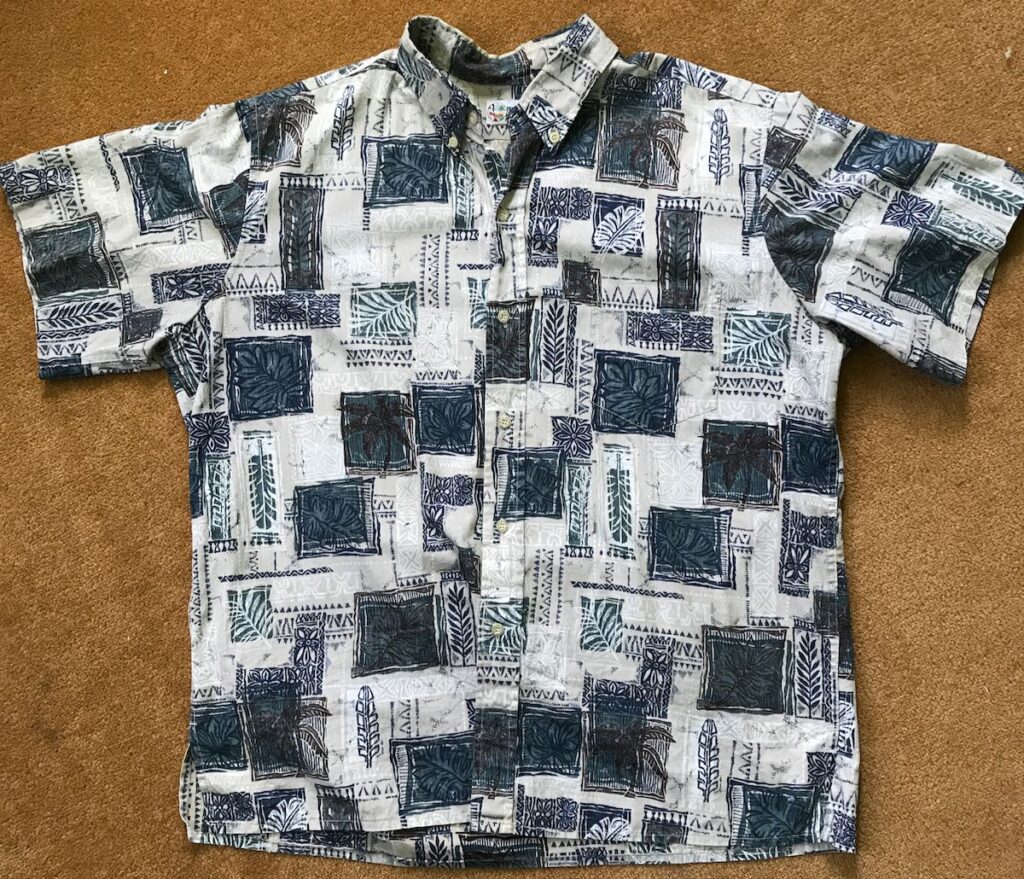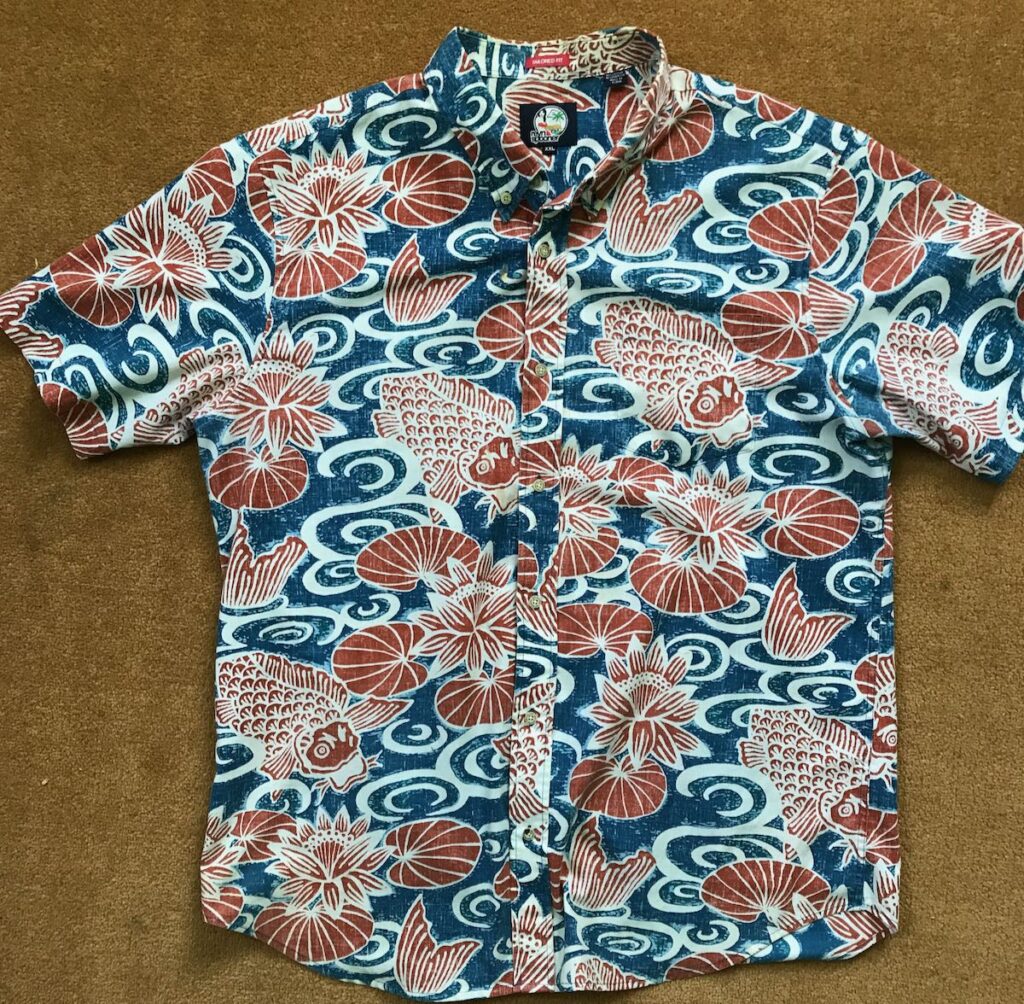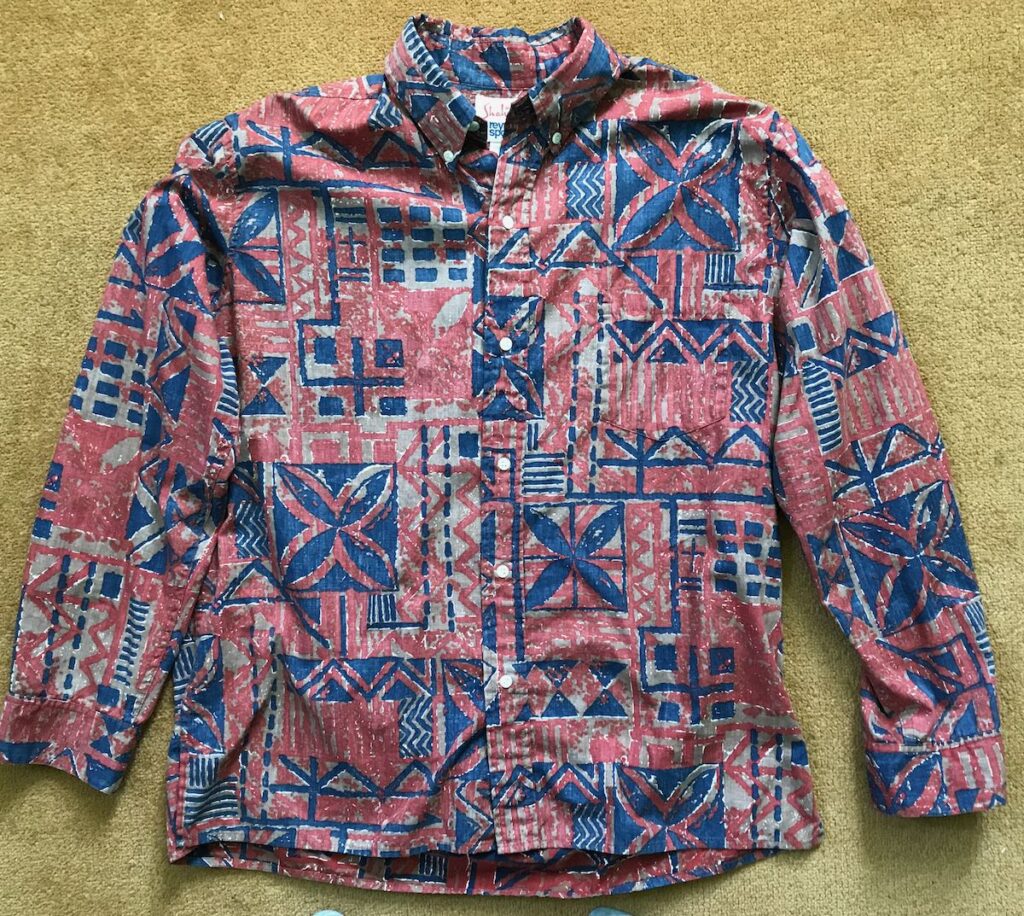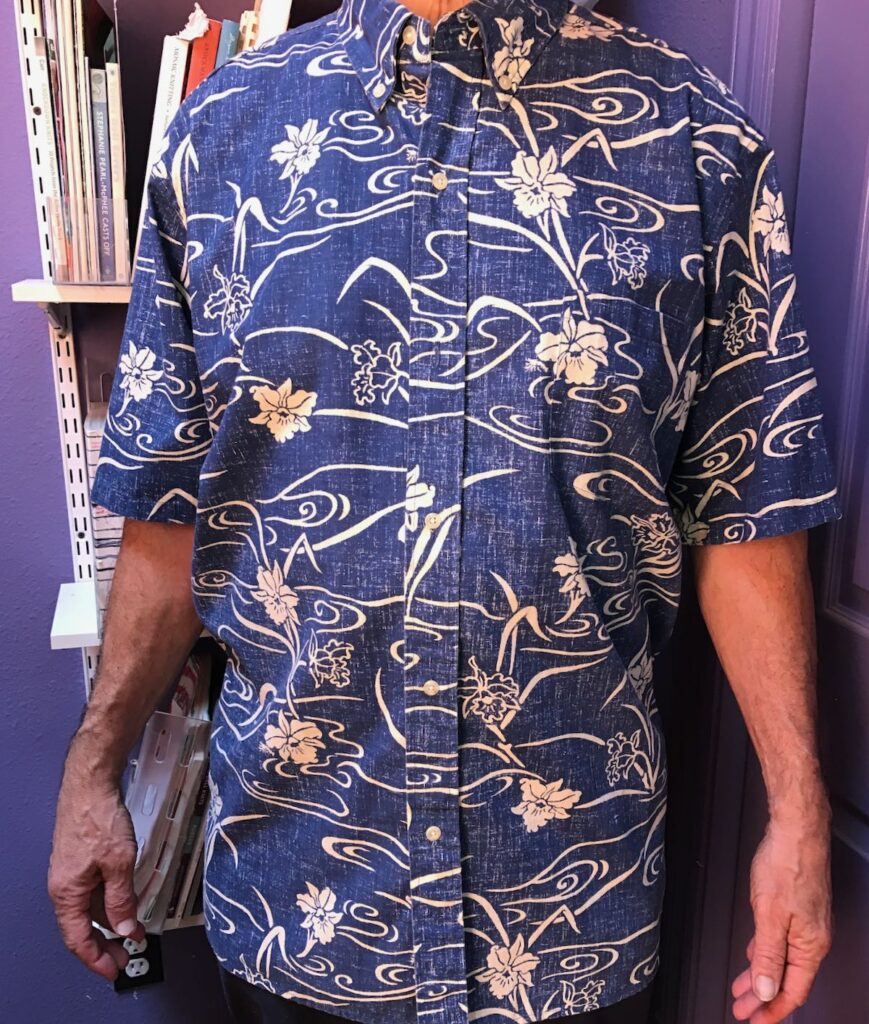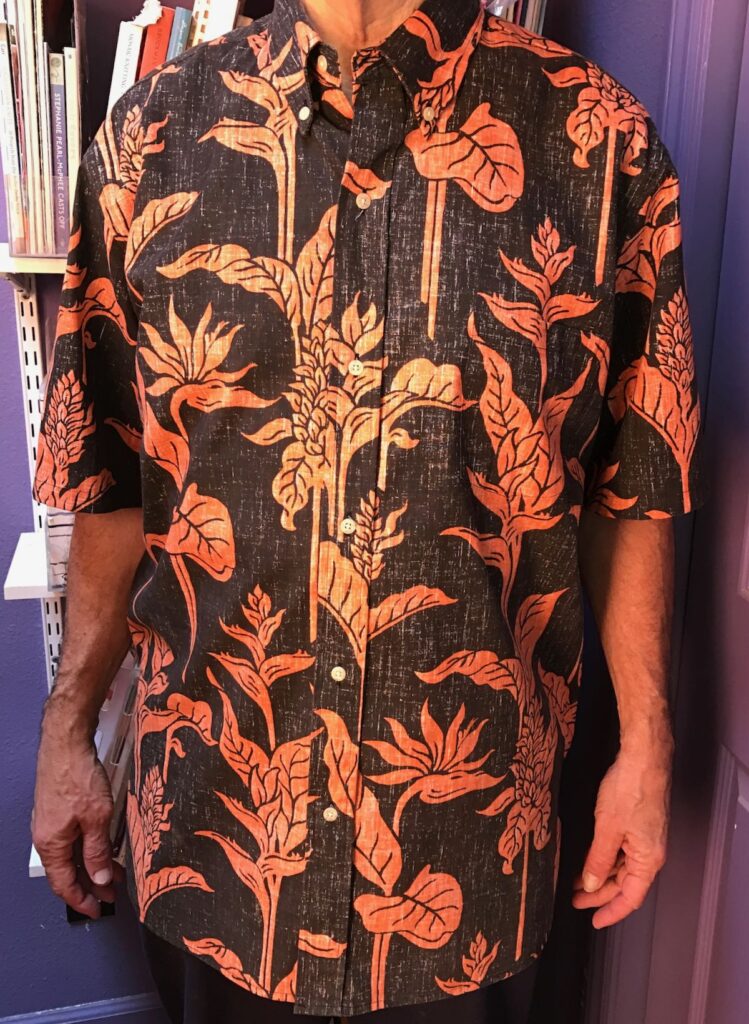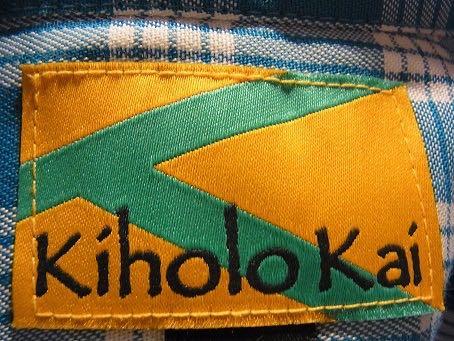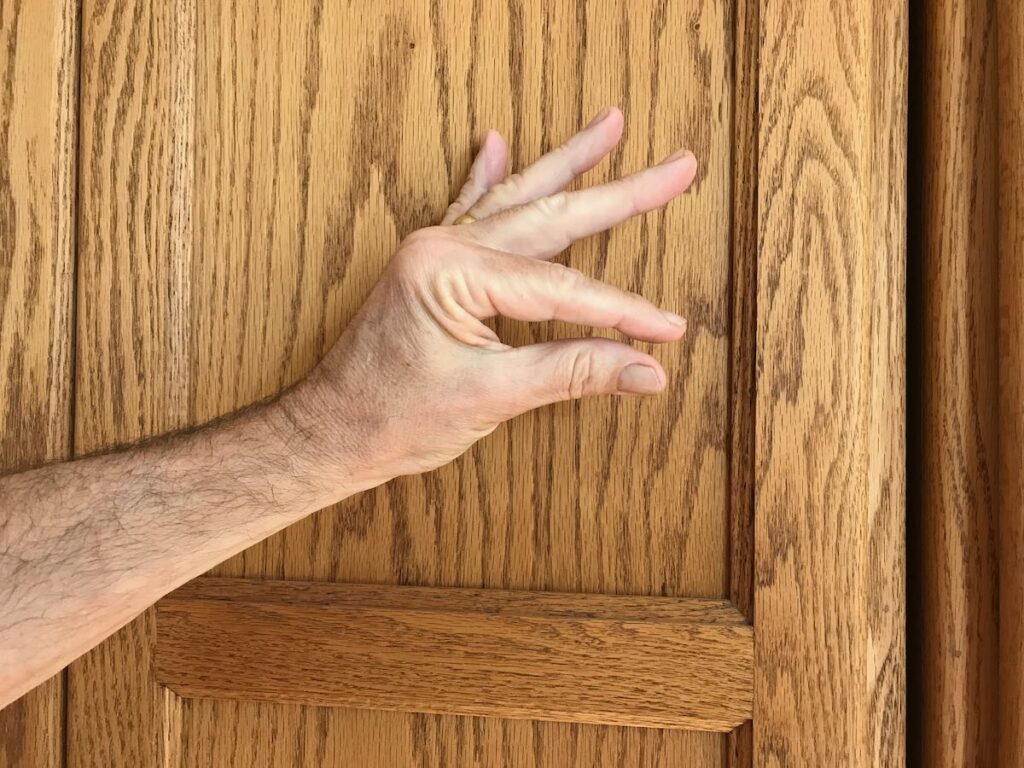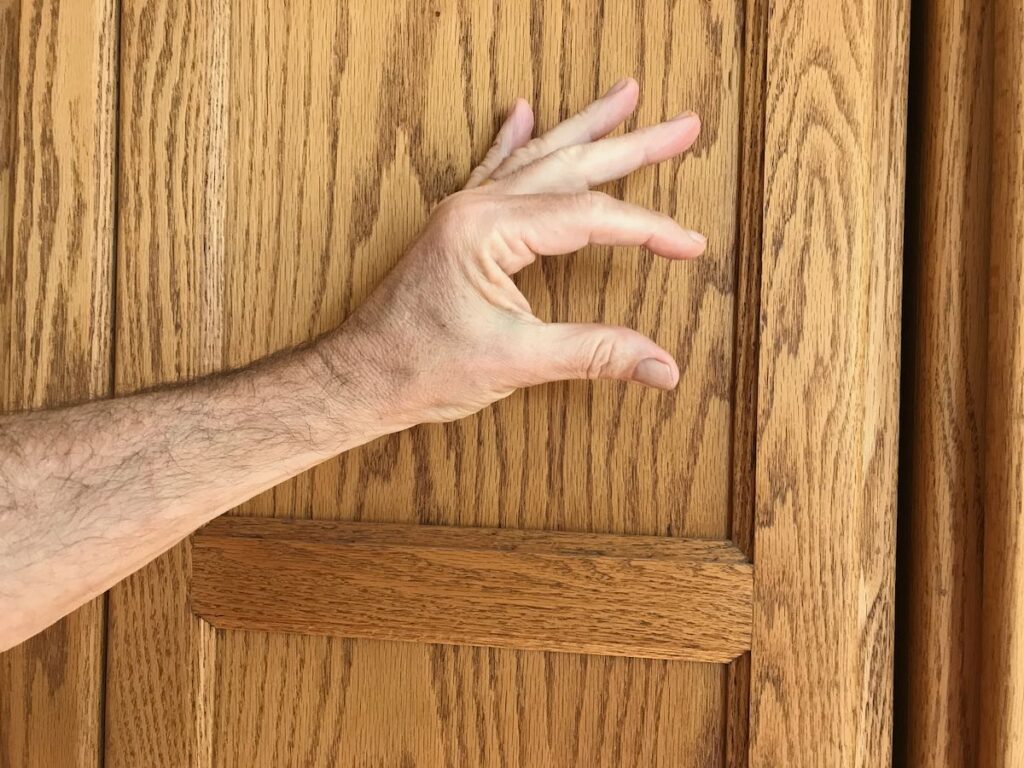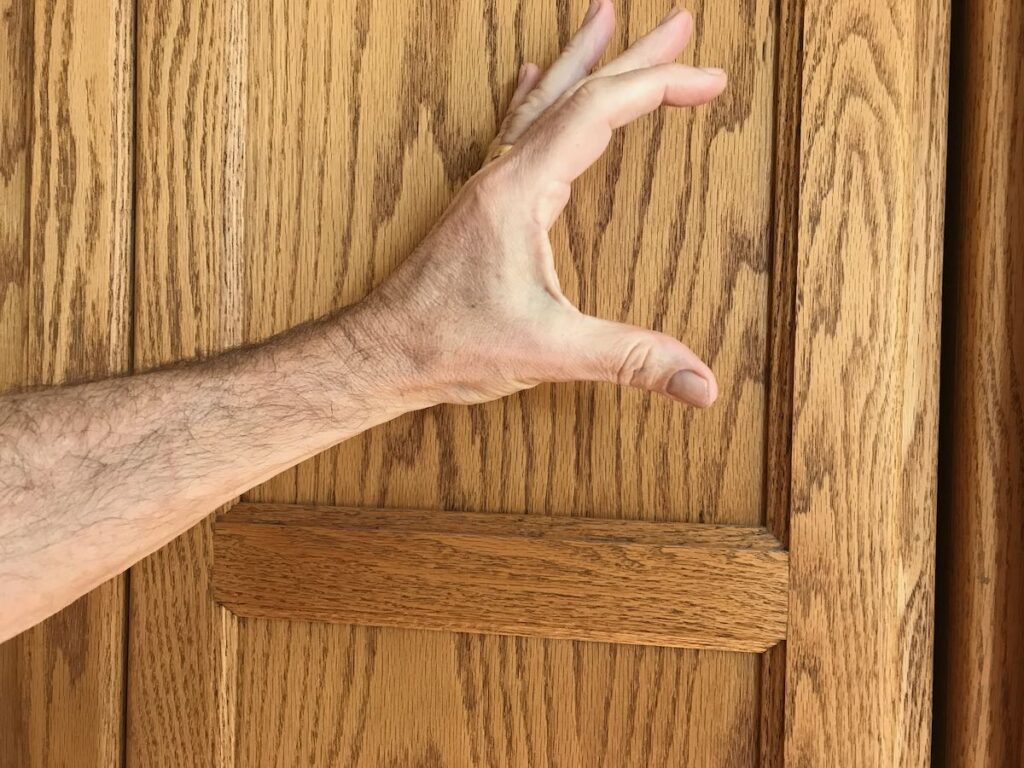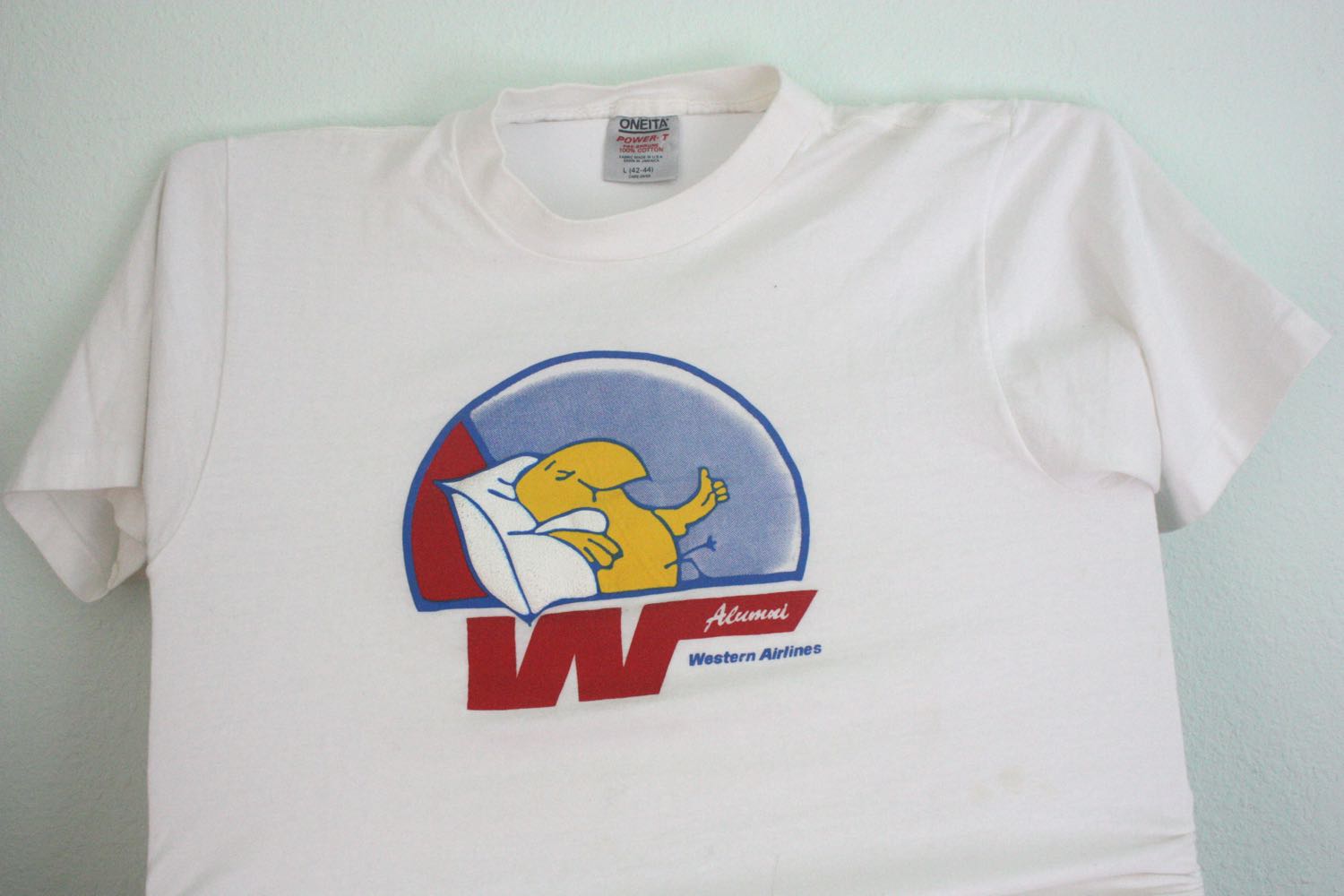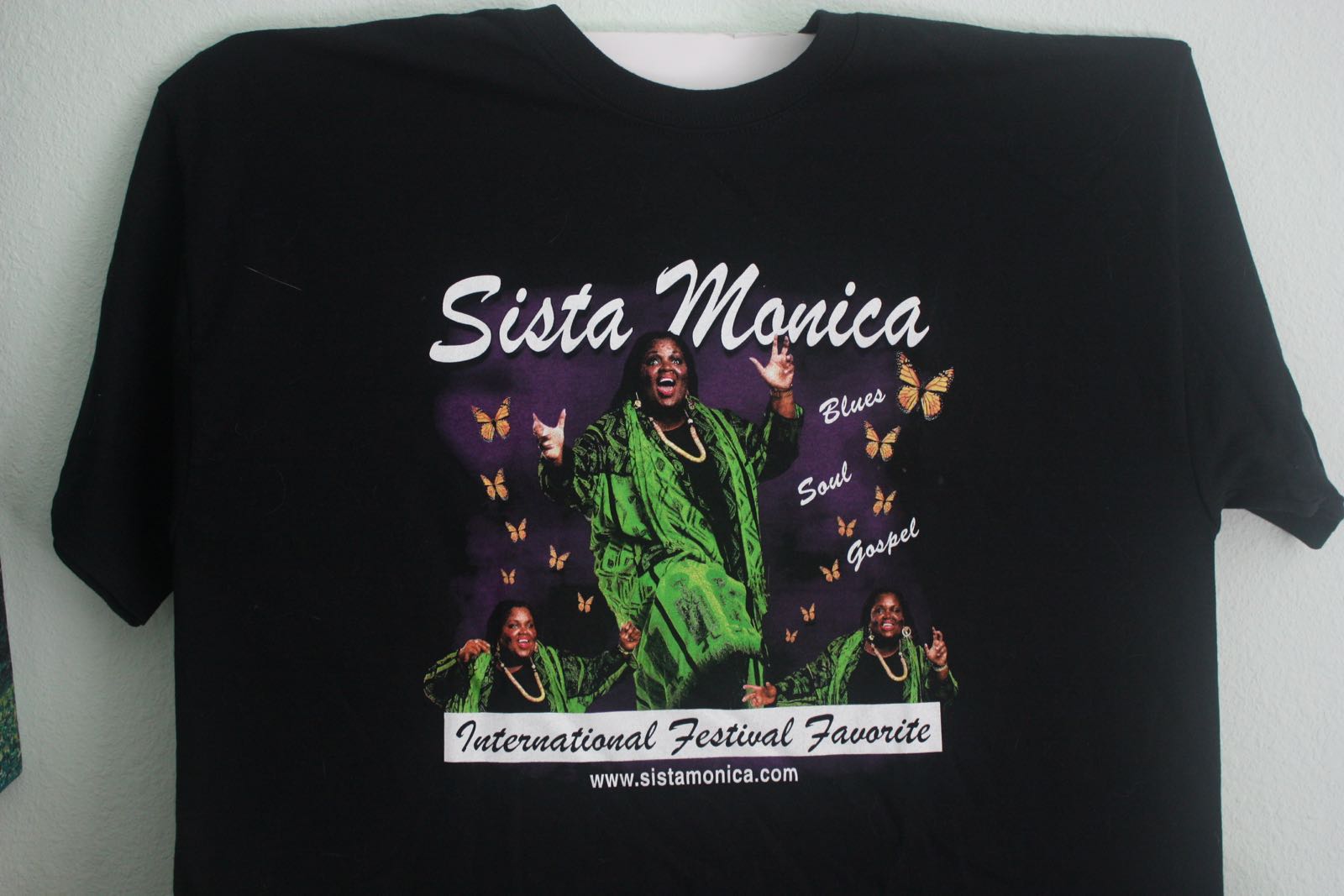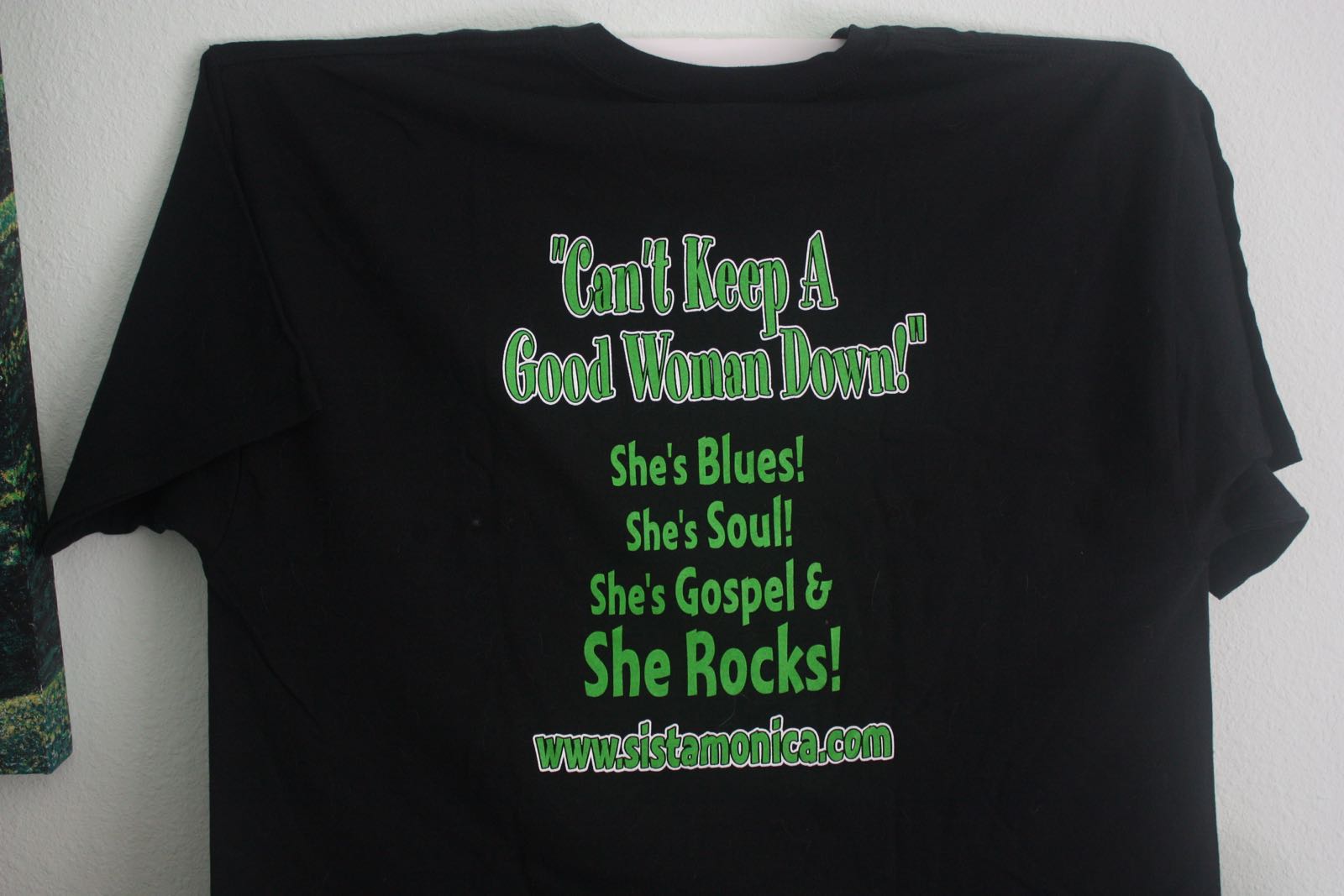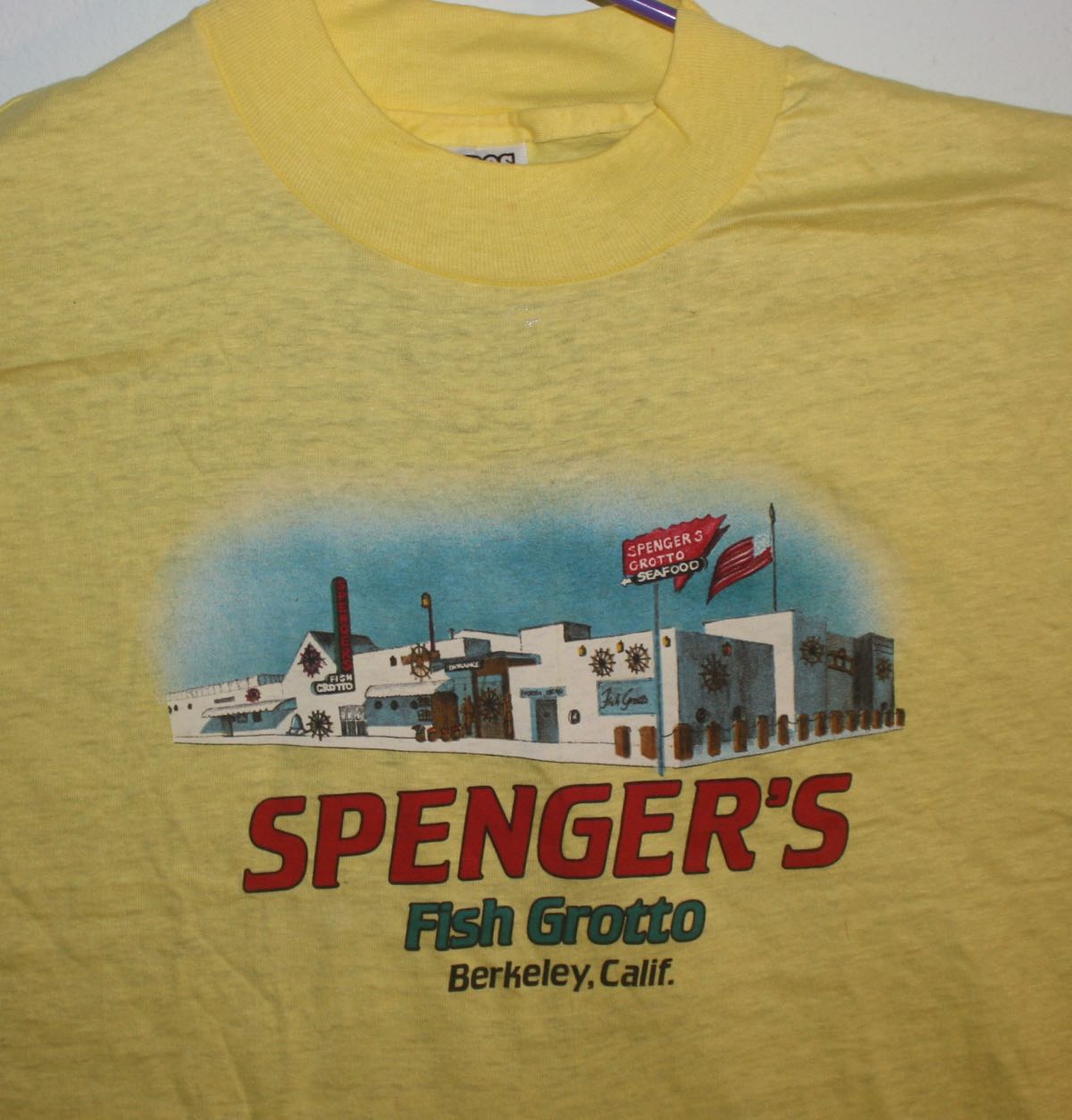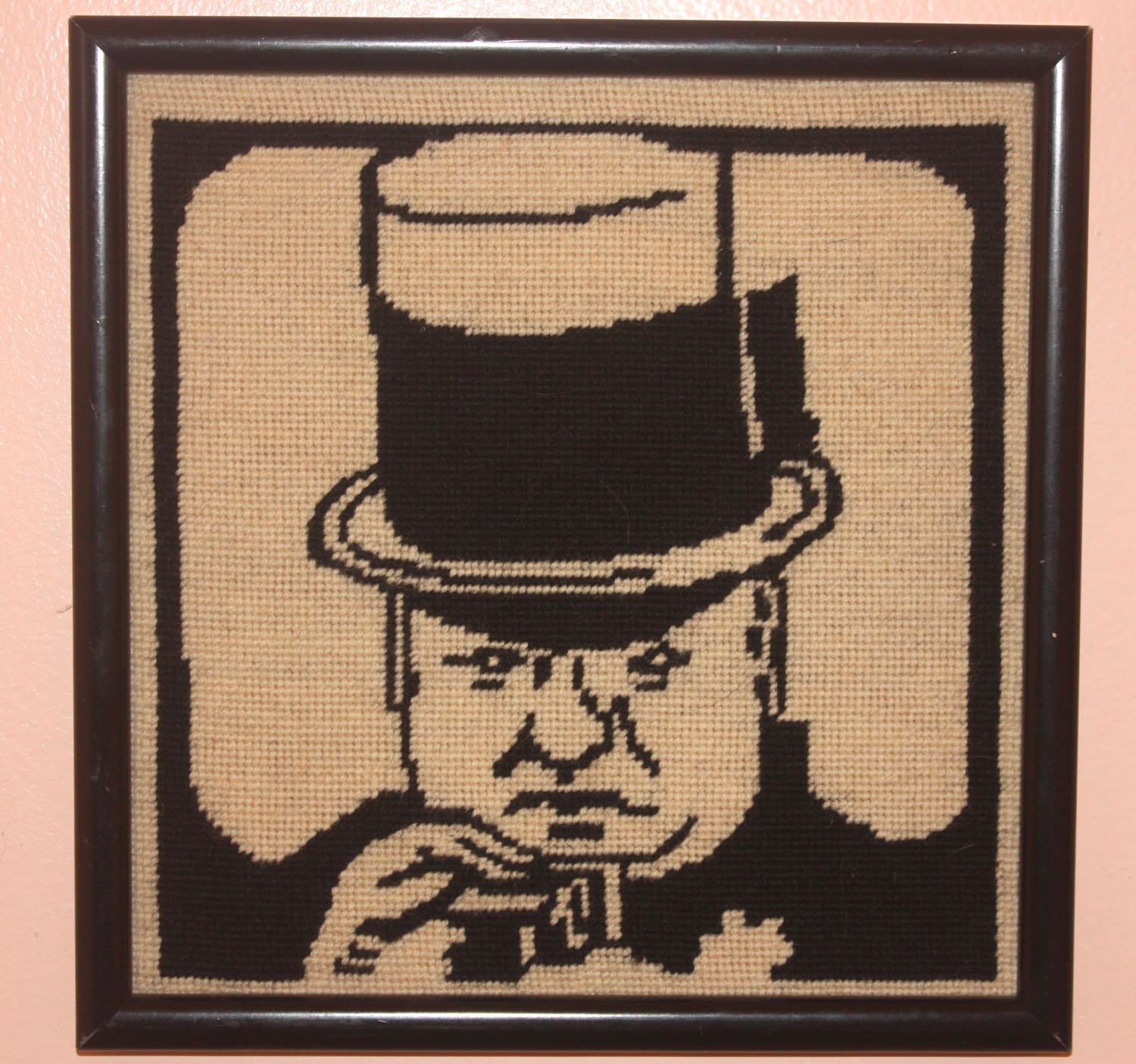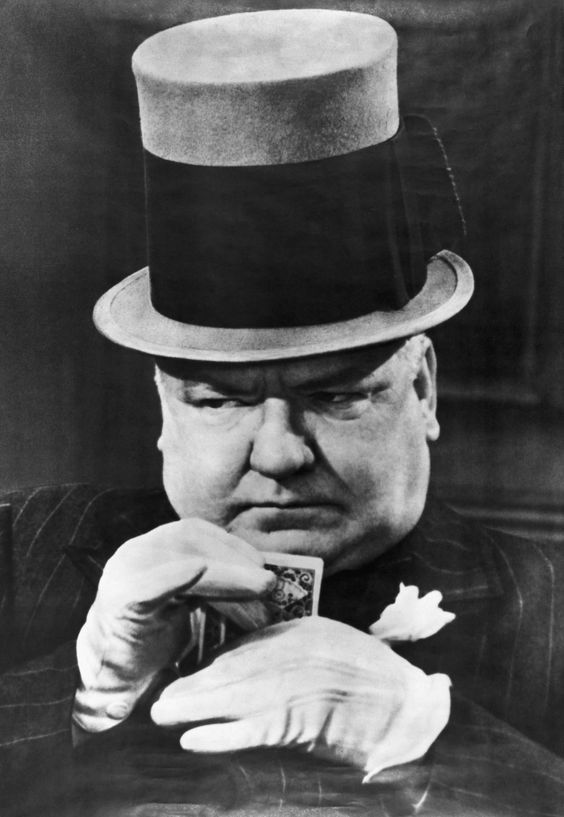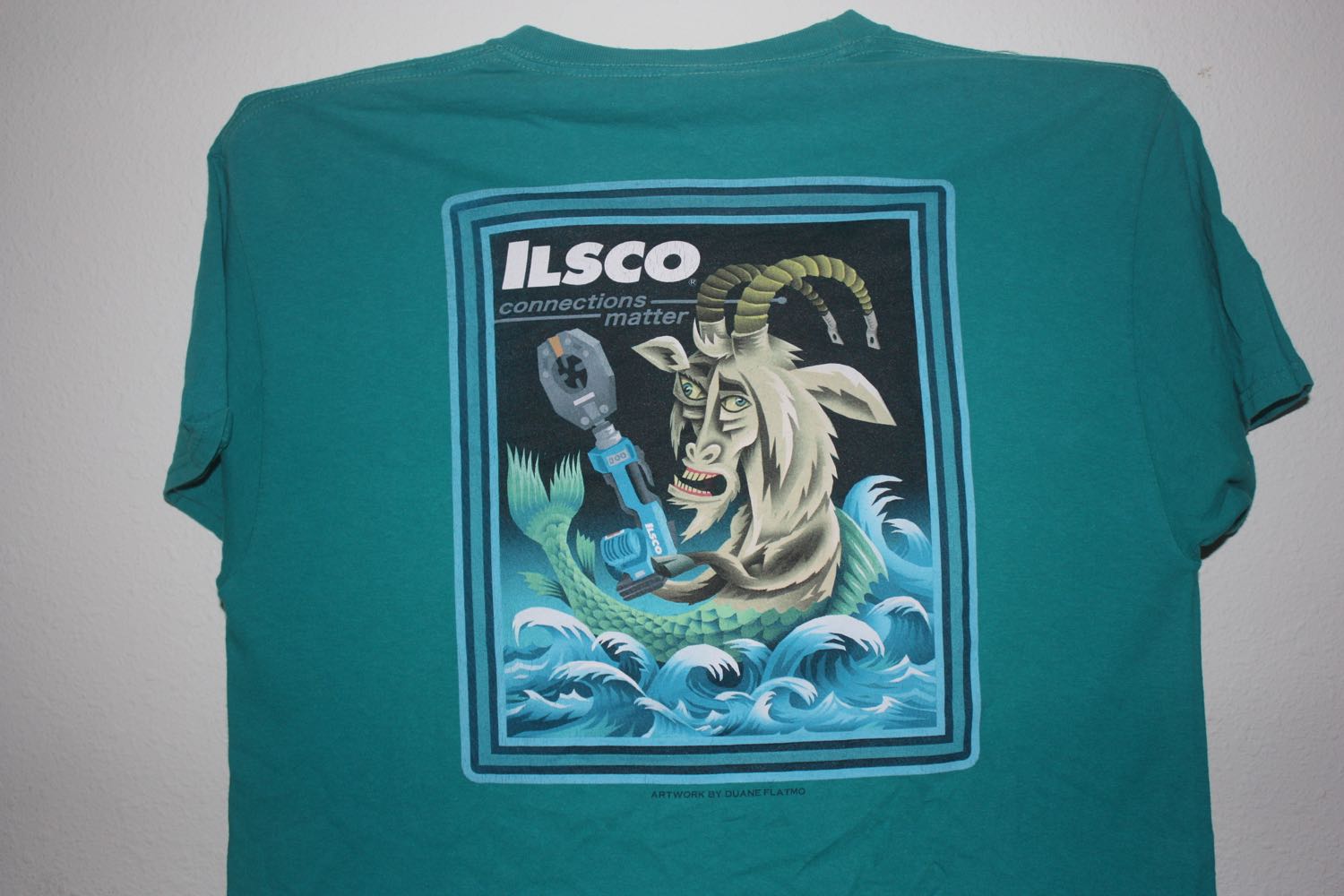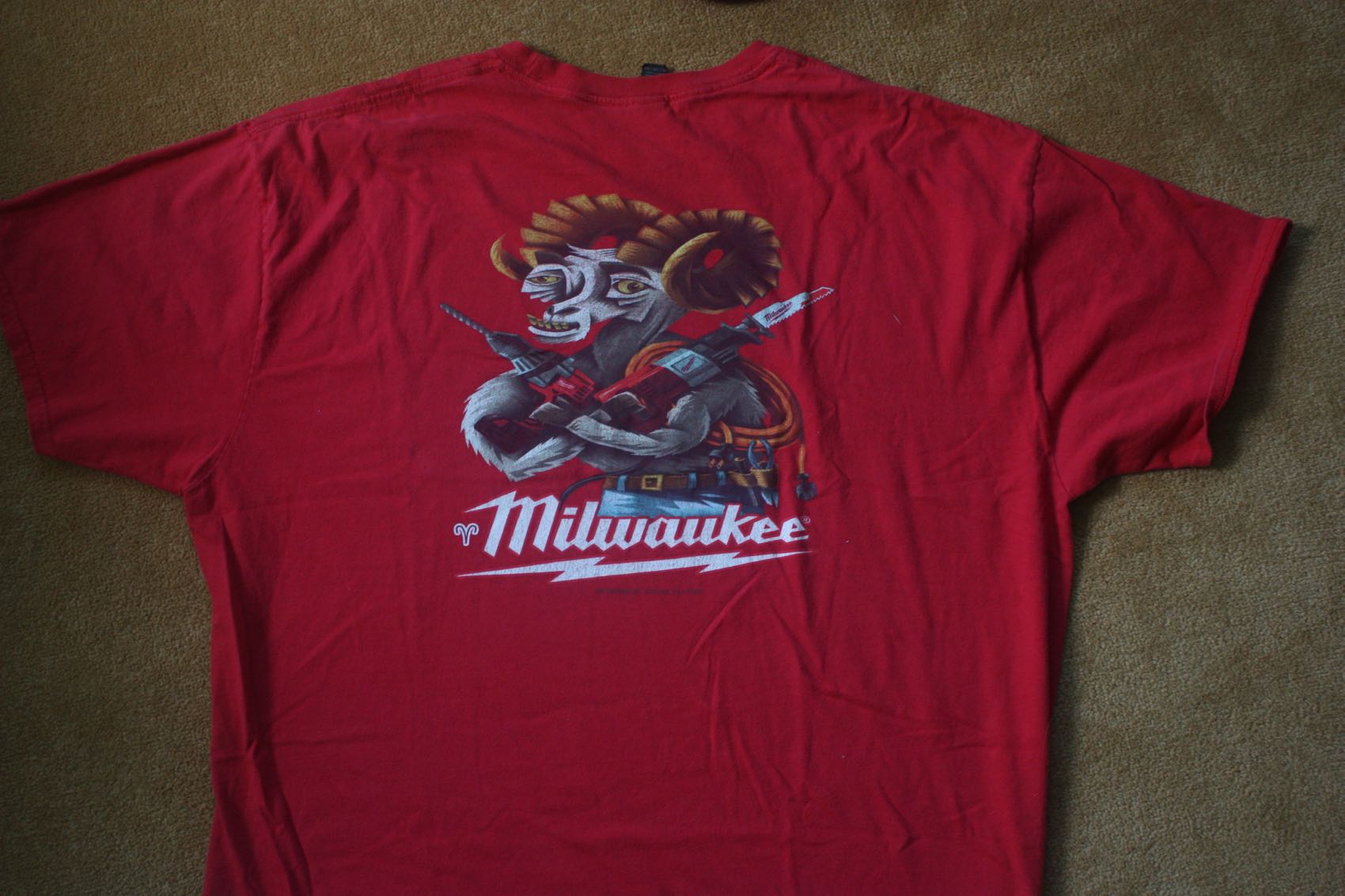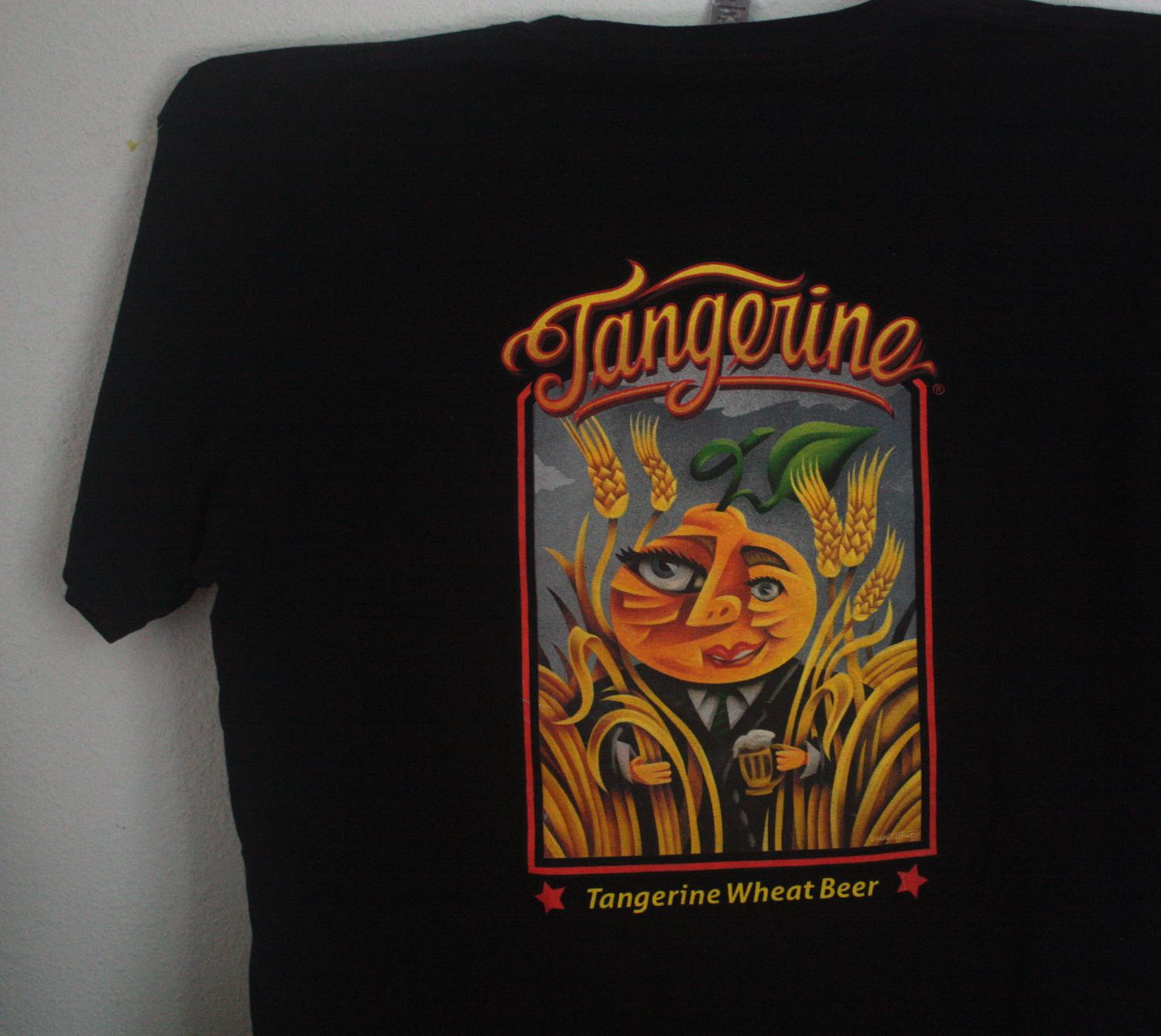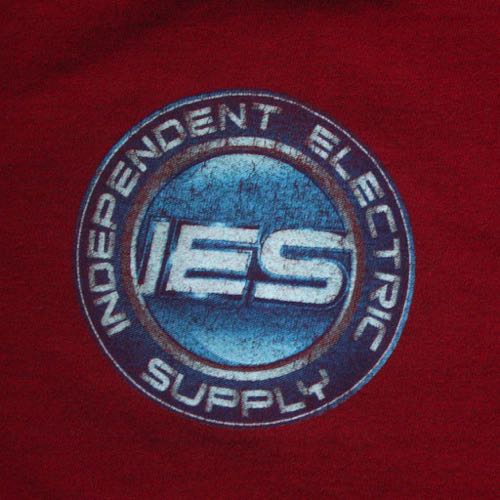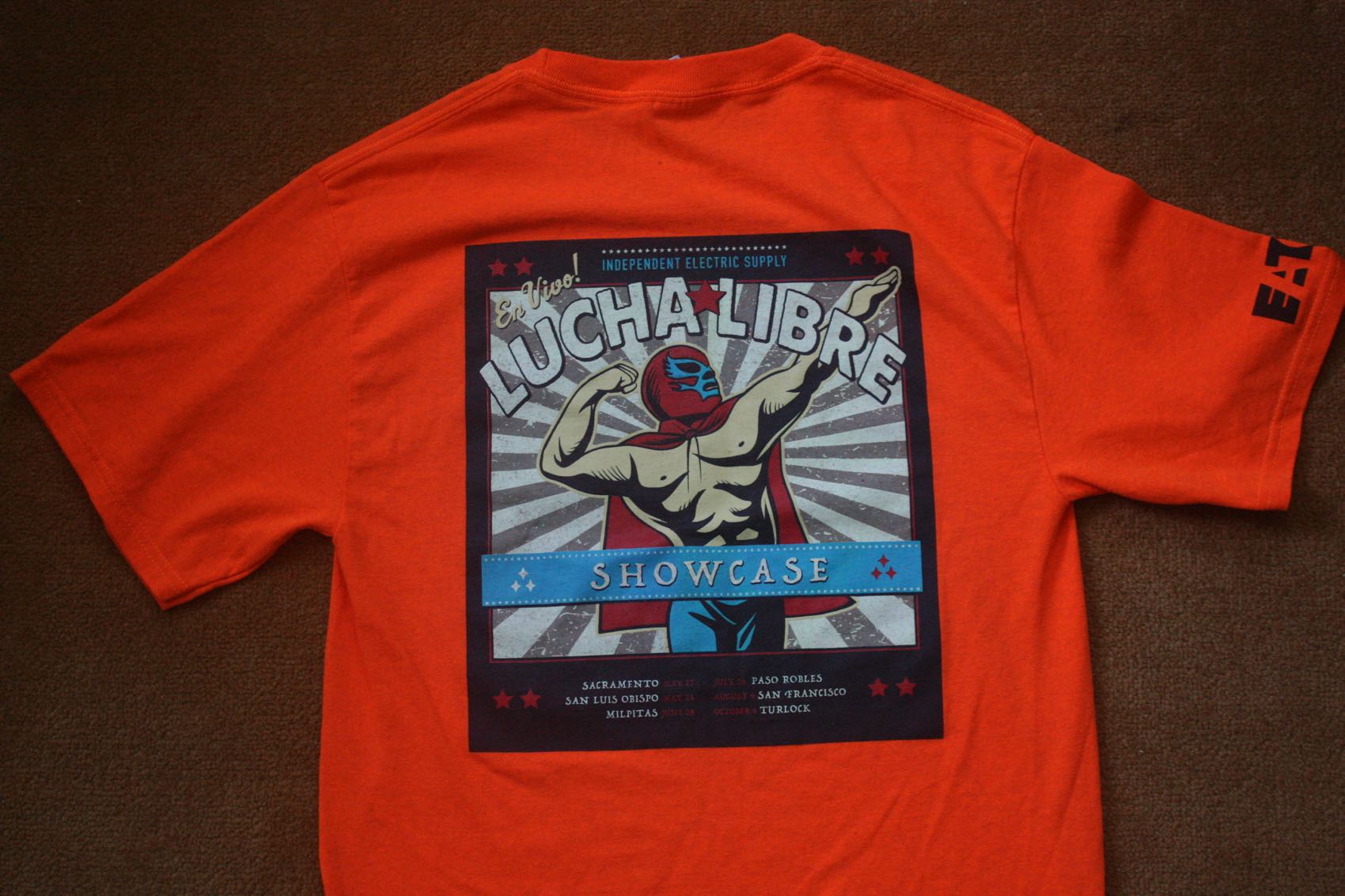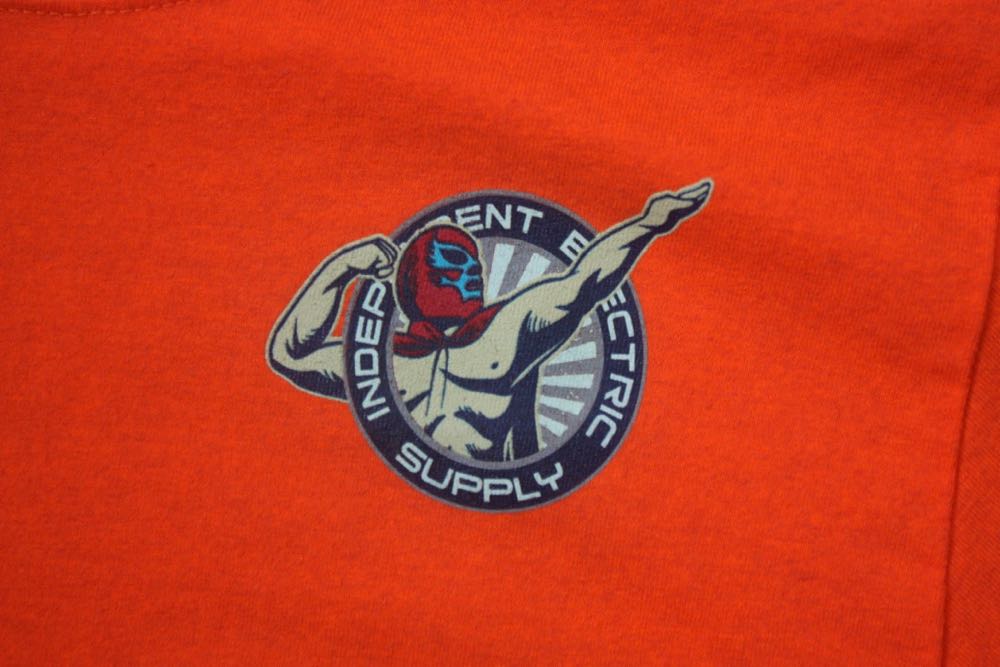The package arrived from Tracy. Tracy, California, famous not much except giant distribution centers that squat at the edge of the Bay Area. The Fedex guy threw it on the porch and I rushed out to get it. I knew what it had to be. Though what it looked to be was a drab, sturdy, medium-sized box taped up within an inch of its life.
I cut it open. Inside were plastic packing pillows surrounding a rectangular object wrapped in silver mylar bubble wrap. It glowed in the sun. You could imagine it as the payload for some space shot.
I cut that open and inside were three plastic cold packs, and…. NATURE’S BOUNTY.
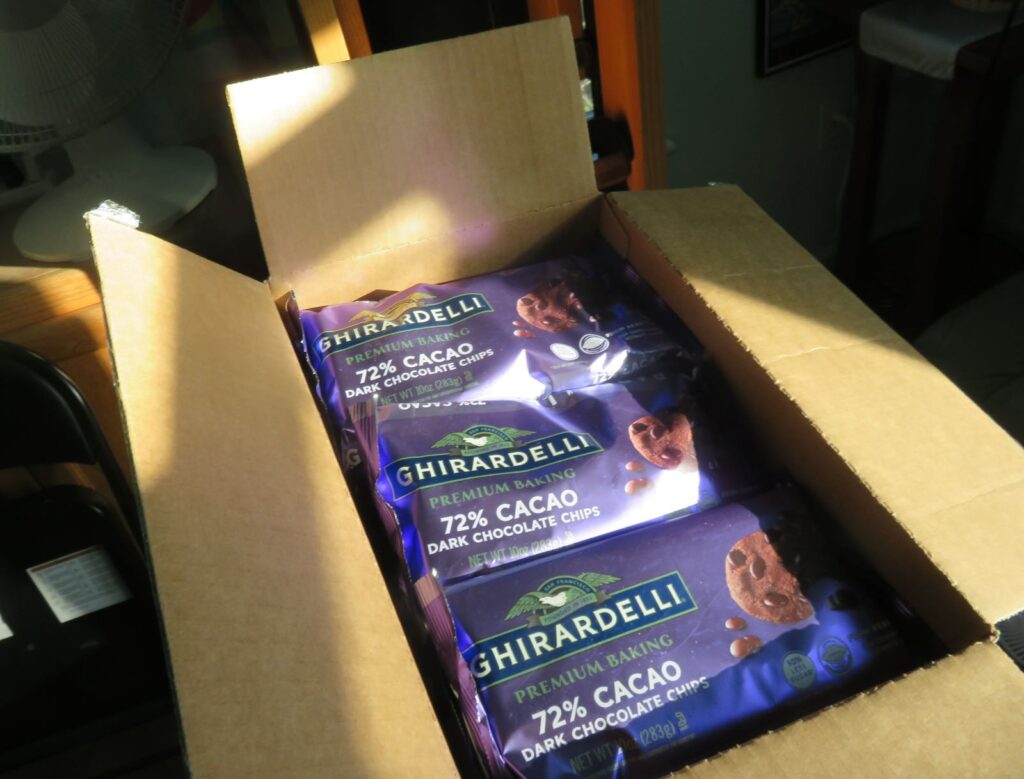
Oh yeah, the good stuff: a case of ultra dark chocolate chips from the gnomes at Ghirardelli Chocolate, 80 miles up the coast. When you grow to understand that sugar and milk in chocolate are only a sideshow for the kiddies, THIS is what you want. You’ll never dip below 70 percent cacao again. You can’t: to you, “regular” chocolate is now sickly sweet by comparison.
And it’s just become hard to get in these times of COVID. We order from the supermarket online for delivery, and Ghirardelli 72’s been off their menu for three weeks. Demand, supply chain snarls, COVID chaos in Africa — who knows? The world’s a crazy place. Always has been, but now squared.
So we ordered direct, and in quantity, from Ghirardell itselfi. The chocolate mother ship is usually fully stocked; it’s run its own online store for years. There’ve always been bakers in Nowhere, North Dakota who need chocolate specialties they can’t get locally. Ghirardelli is there for them.
But only a big order makes sense: shipping’s expensive, and free shipping starts high. Hence a full case of chocolate chips, and another case of 100 percent unsweetened cocoa powder coming tomorrow. We crossed the free-shipping threshhold by maybe a dollar. And if it all last lasts two months, I’ll be surprised.
Do we bake? We don’t even use the oven. This is for my oatmeal.
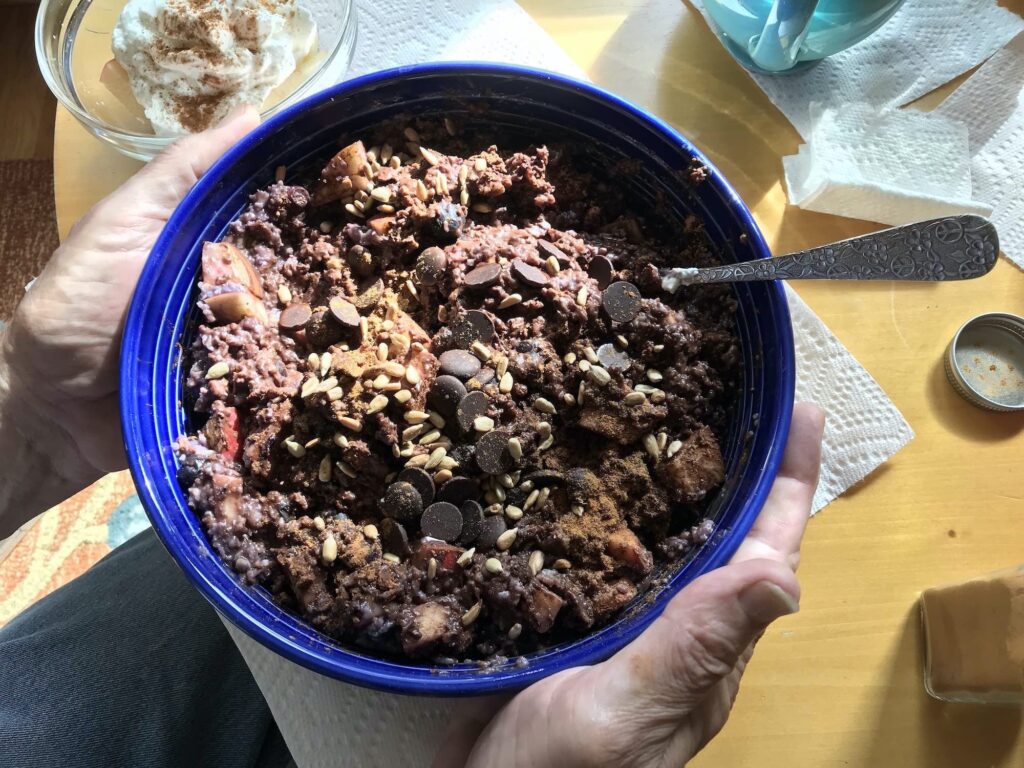
In retirement I start the day with a giant bowl (yes, the bowl is oversized) of oatmeal with apples, blueberries, roasted sunflower seeds, a massive amount of unsweetened cocoa and, of course, 72 percent chocolate chips.
It’s extreme. By my wife Rhumba, it’s icky. But I enjoy my gleaming bowl of purple-brown oatmeal with chips on top. I like the taste, and I like the effect.
The effect? The Aztecs knew. They jazzed their warriors up on chocolatl — expensive, because the beans came from hundreds of miles south. But with a gut full of Aztec Brown, the plumed warriors of Tenochtitlan could fight single-combat battles all day without faltering, without even stopping to rest or eat. Warriors of the other city-states fell before them.
I’m not picking up an obsidian dagger any time soon, but theobromine — the active ingredient in chocolate — dilates your blood vessels, gets oxygen where it needs to go in mass quantities, improves your use of stored energy and more. Now that I’m a retired old guy, I’d rather not feel so old.
And I don’t. Losing weight helped, too, but chocolate keeps me sharp every day — in my opinion. I feel like a fit 50 again. Entering my late ‘60s, that seems more than good enough.
And I hope it lasts, because chocolate may not. Climate change will affect prime cacao-growing regions; and chocolate is no easy crop to grow or mass-produce. I won’t go into details; but a very few decades down the line, chocolate as we know it may only be for the wealthy. The masses will at best get a low-quality adulterated version mixed with other substances (and probably a lot of sugar). Call it “chok.”
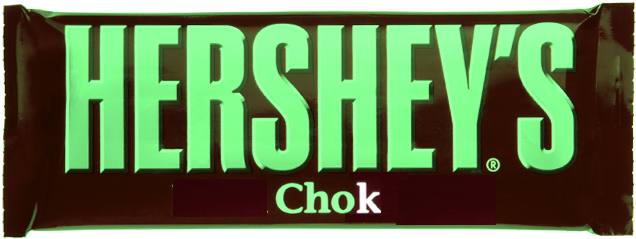
Most chok will be bad — a small amount of mediocre chocolate product mixed with cheap ingredients. But it needn’t always be that way: we have “chok” even now, and some of it’s pretty popular. The italian candy gianduja is a chocolate hazelnut mix and, actually, pretty great. If you or your children require a daily Nutella fix — well, Nutella descends from gianduja. It’s chok.
So other felicitous combinations could arise. But they would still be expensive, and they wouldn’t be chocolate. Even good chok wouldn’t meet my needs, because I want to mainline the hard stuff every day. I don’t care about candy.
Again: between climate change, drought, mass migration, breakdown of trade relations and even war, the years of mass-market pure chocolate for the masses are numbered. I like the number “30,” because I’m old. But, no guarantees for anything.
Until then, I’m scrambling up and down the supply chain to get my fix and dance with the Aztecs. I will skip the obsidian blades and feather plumes; people wouldn’t understand.
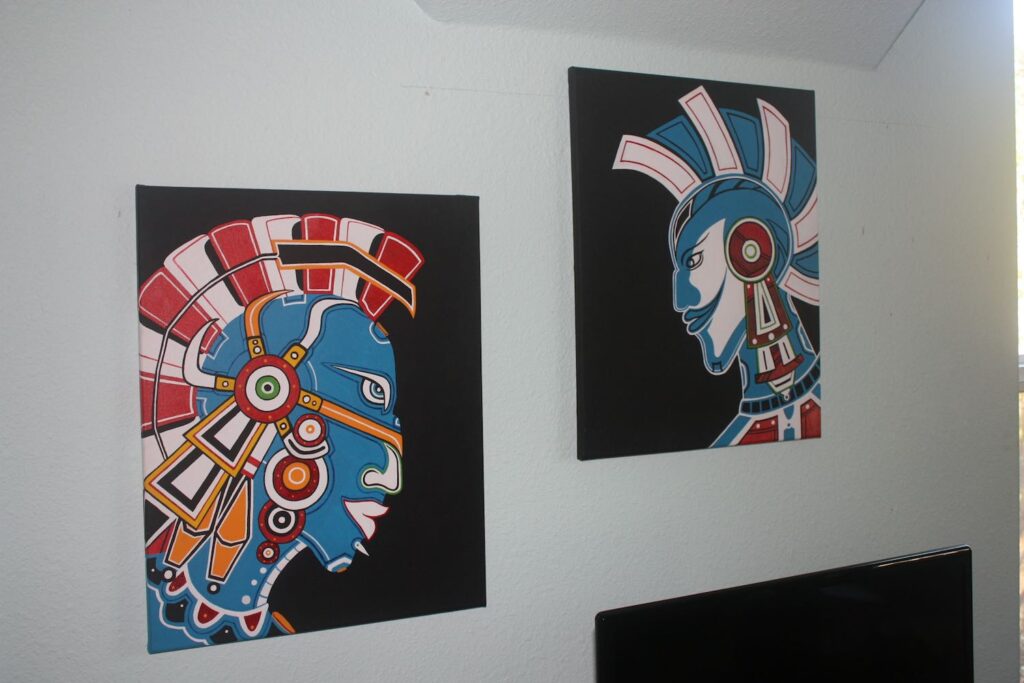
Except for the two cybernetic Mesoamerican warriors on the wall of our TV room. They would understand. I think that the one on the right has had his chocolatl.

